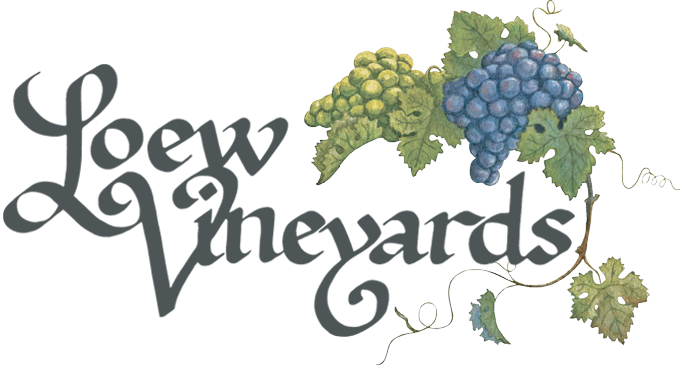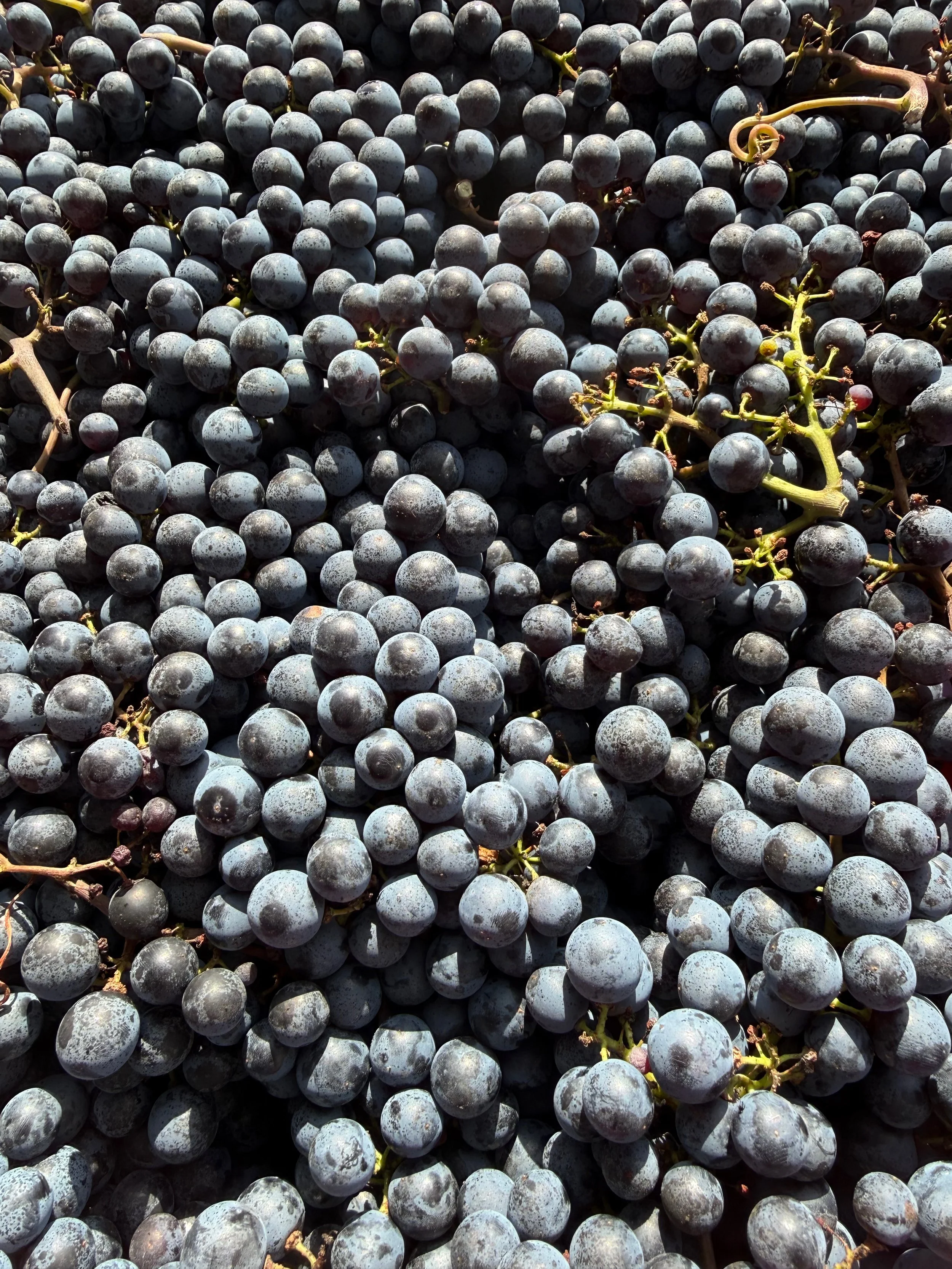A Noteworthy Vintage
Each vintage brings its own trials and triumphs. We went into this vintage with a lot of stress (for those of you who can remember last month’s post about the fiasco with the steam generator) and with knowing that we were going to be making less wine this year due to our partner vineyards having low grape yields.
Low, being an understatement.
This spring and summer brought more rain than is optimal, prompting poor flowering and fruit set along with high disease pressure. For winemakers, we have to set expectations going into harvest. We always aim to produce the best wine we can out of the fruit with the chemistry that nature has provided. Having expectations helps us decide what wines to make and how creative we will have to be going into the vintage. If it is a vintage with more rain (like in 2018), one could assume that the chemistry would not be ideal for red wine. We wouldn’t be able to extract the right colors and tannins. Instead, we would make more rosé. However, even in July, we can’t predict what the weather would be like at the start of harvest—in August.
So far this has been the easiest winemaking year we’ve ever had which is a stark contrast from the 2024 vintage, which was the most difficult physically. Despite the fact that we are making less wine this year due to lower yields, the chemistries for each variety has been perfect. I’ve actually never worked with fruit that developed such great sugars, flavors, and absolutely perfect acidity. In August, we had warm days and cool nights which is ideal conditions for ripening grapes and preserving natural acidity. The last two years, we’ve had vintages that produced great fermentable sugars and slightly lower than ideal acidity. Regardless, we still produced incredible wines from both the 2023 and 2024 vintages. This year we’ve hit all of the quality marks.
Throughout harvest, I am often reminded of my grandfather’s notebooks. Yes, we are still “old school” where we keep track of each variety and each fermentation through hand written notes in binders dating back to our first vintage in the 1980s. I used to scroll through each vintage to supplement my learning with my grandfather’s lessons in the winery. Each vintage gave me insight as to how he worked with different varieties, chemistries, and fermentation techniques. Through his lessons, I learned to be creative, flexible, and equipped. My strengths as a winemaker are due to my grandfather’s ability to work with fruit with less than ideal chemistry. Truly, in our industry, the saying is that you can tell how good a winemaker is when they make a great wine in an overall poor vintage. My grandfather made beautiful wines during a time in Maryland where our state was still learning how to grow grapes in a subtropical climate. Sometimes I wonder what his wines would have been like if he had the chance to work with grapes that I am working with today. My grandfather would have reveled in the quality and chemistry of the fruit.
My grandfather’s lessons and practices have carried through most of the wines we still currently produce. For example, our Barbera Nouveau would not be what it is today if it weren’t for my grandfather. The scale and volume of the wine made may be different, but the practices are exactly the same.
Harvest will end soon, which transitions us to full-scale cellar operations tending to each of our fermentations. We are incredibly excited for each of the wines from the 2025 vintage and we can’t wait to share them with you when they are ready.

